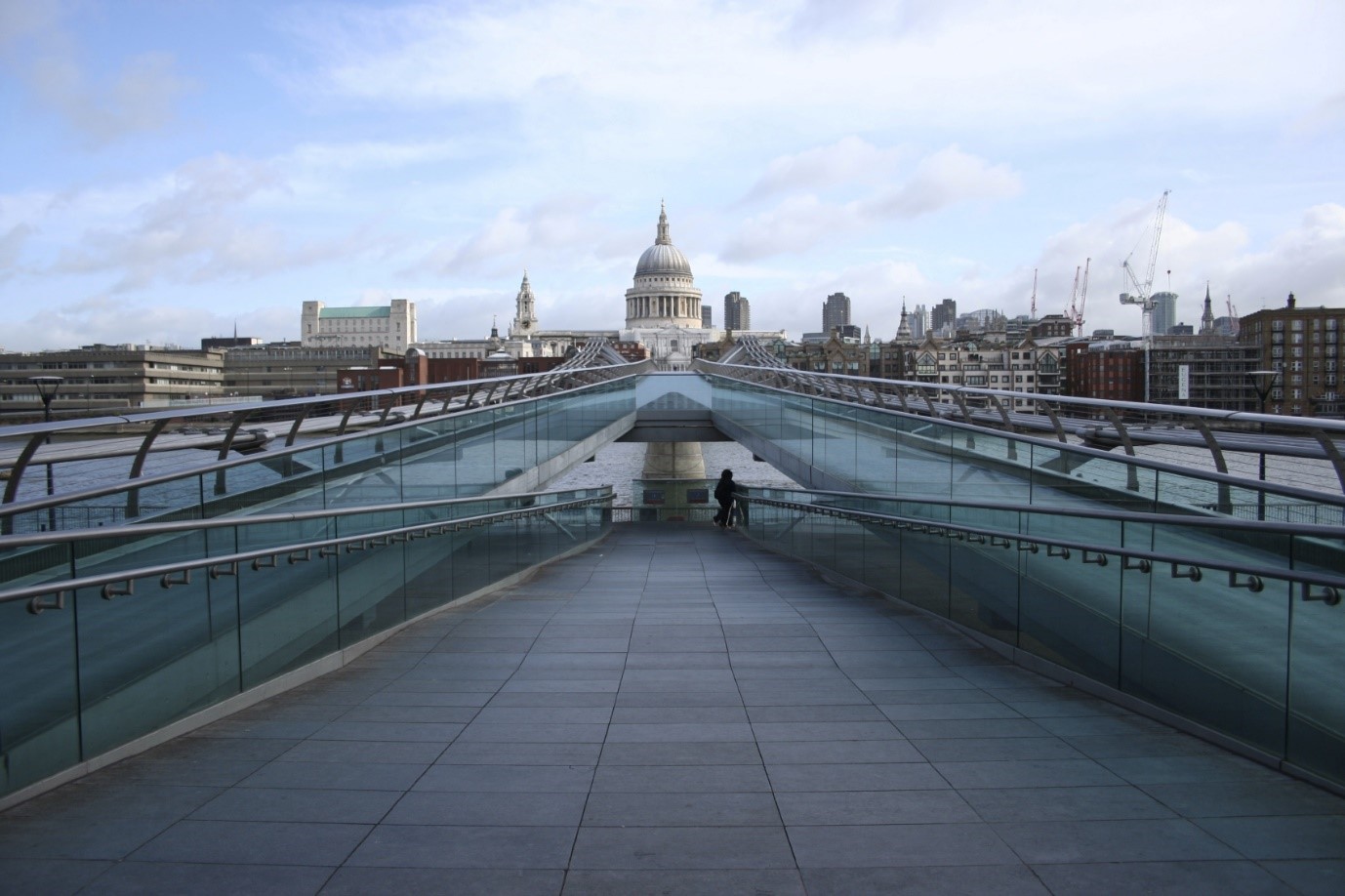Springs in Structures
Contents |
[edit] Introduction
Springs have many interesting uses and are found in various applications – from the lesser-known use within train tracks to the more obvious function in clicking pens.
Springs are also a vital component within many structures all over the world; from buildings to bridges and other types of large construction.
[edit] Suspension bridges
Many suspension bridges use springs to stabilise their structure.
An example of this is the Öresund Bridge – a combined motorway and railway bridge between Sweden and Denmark. There were vibration issues from the cables along the bridge in certain wind and temperature conditions. By installing dampers that contained compression springs (amongst other components) for the most exposed cables, the weight was supported and provided a moveable ring that regulated the air flow on each side.
Another suspension bridge to uses springs within its structure is the Millennium Bridge. At one point, it was nicknamed the Wobbly Bridge after the mass footfall meant that those on the southern and middle spans felt the bridge sway and twist. The problem was fixed with two different dampers; viscous dampers (similar to car shock absorbers); and tuned mass dampers, a large mass stiffened by springs.
[edit] Disaster prevention
Springs are used in some larger and taller structures, such as several-storey hotels and office blocks, building structures that are resilient to earthquakes in parts of the world that are exposed to tremors is vital.
One of the methods to prevent this kind of disaster is known as base isolation. This involves using spring systems or bearings that ‘float’ a building above its base foundations.
As the structure is attached to its foundations by a strong material, when a disaster such as an earthquake strikes, the structure can move slightly without being disconnected from its original foundations. This method has been in practice for years and has been used in numerous structures.
[edit] Building security
Springs and wire forms can be found in anti-climbing and safety measures for buildings, often in the form of fixing clips.
A well-known example of this is the Tate Modern. This structure uses fixing clips for holding faceplates (an attachment with slots for work to be mounted) onto corbels (a projection out of a wall to support the structure above it) that cover the first 15 metres up around the base of the gallery to establish an anti-climb zone.
In total, there were 650 springs created for the building with a 10-day turnaround as the scaffolding for the building was taken down sooner than anticipated.
--European Springs and Pressings Ltd 09:59, 27 Apr 2018 (BST)
[edit] Related articles on Designing Buildings Wiki
- Compression springs.
- Die springs.
- E-spring.
- Flat springs.
- Key qualities of springs.
- Spring materials.
- The importance of gas springs.
- Tension springs v torsion springs.
- Using springs in construction to prevent disaster.
- Large and Hot Coiled Compression Springs
- The Difference Between Tension and Torsion Springs
- The Multiple Uses of Compression Springs
- The Uses of Wire Forms Within the Construction Industry
- Types of spring.
Featured articles and news
Infrastructure that connect the physical and digital domains.
Harnessing robotics and AI in challenging environments
The key to nuclear decommissioning and fusion engineering.
BSRIA announces Lisa Ashworth as new CEO
Tasked with furthering BSRIA’s impressive growth ambitions.
Public buildings get half a million energy efficiency boost
£557 million to switch to cleaner heating and save on energy.
CIOB launches pre-election manifesto
Outlining potential future policies for the next government.
Grenfell Tower Inquiry announcement
Phase 2 hearings come to a close and the final report due in September.
Progress from Parts L, F and O: A whitepaper, one year on.
A replicated study to understand the opinion of practitioners.
ECA announces new president 2024
Electrical engineer and business leader Stuart Smith.
A distinct type of countryside that should be celebrated.
Should Part O be extended to existing buildings?
EAC brands heatwave adaptation a missed opportunity.
Definition of Statutory in workplace and facilities management
Established by IWFM, BESA, CIBSE and BSRIA.
Tackling the transition from traditional heating systems
59% lack the necessary information and confidence to switch.
The general election and the construction industry
As PM, Rishi Sunak announces July 4 date for an election.
Eco apprenticeships continue help grow green workforce
A year after being recognised at the King's coronation.
Permitted development rights for agricultural buildings
The changes coming into effect as of May 21, 2024.























